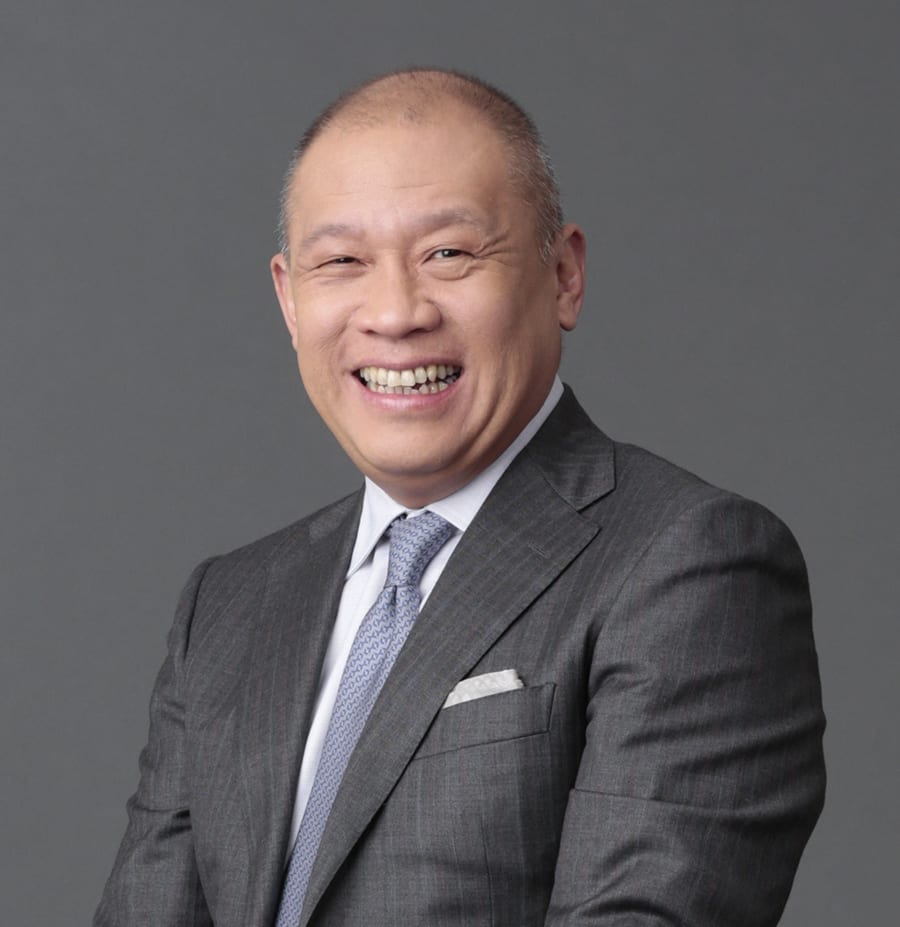
Globe market shares in mobile revenue have steadily climbed up from about 30% in 2008 to over 52% as of first half 2017. Globe Telecom President Ernest Cu, who joined Globe in 2008, shares the transformation of Globe.
Q1: When you took over as president of Globe, the mobile market shares of Globe was at 30%. Then in 2011, your competitor Smart merged with Sun. Instead of being negatively affected, you eventually became no. 1 in mobile. What were the key turning points that made Globe the leader in mobile?
A1: It was a series of transformational events with the customer in mind. It started in 2010, when we determined that the next wave would be the smartphone and data. We transformed our network to a data network, changing out all the equipment. Alongside, we built an IT system, consolidating our IT platforms to know and serve our customers better. Globe pioneered DIY customizable plans and promos, allowing customers to choose plans and promos that will suit their lifestyle. Gen 2 stores were built, reinventing retail experience, and allowing people to touch and feel what smartphones were like. We entered into strategic partnerships with digital content providers, successfully driving internet adoption and building people’s habits on mobile data.
Turning the company around though would not have been possible without a dynamic workforce as a baseline. We created a working environment that fostered collaboration, innovation and engagement. We created a winning culture.
Today, we are the data network of choice, the brand for smartphone users, and the brand for millennials – delivering their digital lifestyle, thus, cornering a large chunk of the market in the Philippines.
Q2: The speed of disruption have placed telecom companies in danger of getting left behind. What is Globe’s strategic response to these disruptions?
A2: Telcos are under tremendous pressure to remain competitive and relevant in an increasingly digital world. Not only are your primary revenue streams being disrupted by free service, but the disruptors flow through your network, and there is danger of getting commoditized.
Our focus is always on changing consumer demands. You cannot go against what consumers want or where they want to go. You have to allow them to do what they want to do, and find your place in the ecosystem – the place where you can operate. We embraced disruptions and took advantage of new revenue streams that have opened up. Data was going to be the key. So we entered into partnerships with the otherwise disruptors. Partnering with the best global brands has not only successfully driven data service up, but has allowed Globe to differentiate itself, becoming the purveyor of the Filipino digital lifestyle.
Q3: Instead of competing on price, Globe offers free content for a limited period. What was the insight behind this?
A3: Our “freemium” construct is designed for maximum habituation – from point of awareness, trial, and adoption. Consumers in the Philippines are not used to paying for content. Downloading torrents was the prevalent way to get content, for free. Introducing people to the concept of on demand streaming and its value was something that had to be done.
Letting people experience Netflix and Spotify, for example, with their fantastic content library delivered via an amazing customer experience, will most likely trigger consumers to move from illegal to legal consumption of content. Today, we have better than average engagement rates for Netflix, and have the most engaged market in the world for Spotify– resulting to fantastic data burn.
Q4: From partnering with many branded suppliers, Globe is now also creating its own content through Globe Studios. What is the insight and intent behind this?
A4: In Globe’s offerings today, there is a gap in local content. Local content is currently controlled by the incumbent networks and not easily shared with other OTT services and apps. And typically, the ones that are shared are old content. So Globe has taken it upon itself to try and stimulate local content production through Globe Studios.
The idea is to bring in the segments for which local content is still very important, and is actually a first preference. We believe there is still a large market, and they are constrained today and have no choice but to simply watch local content on linear TV.
Q5: How do you see Globe transforming in the next few years?
A5: We see Globe as a channel. Globe has the brand, the network, and the data about the consumers. We have a reach of 60 million delivered through the telco pipe. So, we continue to explore what can be pushed through this distribution channel.
We will continue to enhance our content portfolio, partnering with the best to give people the choice to enjoy world-class and affordable entertainment.
We now also aim to accelerate financial inclusion in the country, by delivering financial services through innovative fintech solutions (mobile money, non-traditional credit scoring, online lending, etc.). Leveraging on the Globe brand, telecom infrastructure, and our recent partnership with Ant Financial, we seek to enable the next phase of transformation in the Filipino lifestyle – financial services seamlessly integrated in their increasingly digitalized lives.
Q6: What achievement are you proudest of as president of Globe?
A6: It’s having been able to create a win-win situation. The company attained leadership status, a mere challenger overtaking the incumbent – something that has never been seen in the telecom industry in the region. We have a very highly engaged workforce and continue to over index sustainable engagement scores – beating industry norms here and abroad. Our customers are empowered – their digital lifestyle enabled by the services and connectivity. It’s a very unique opportunity in one’s career to be able to do these all at once.


